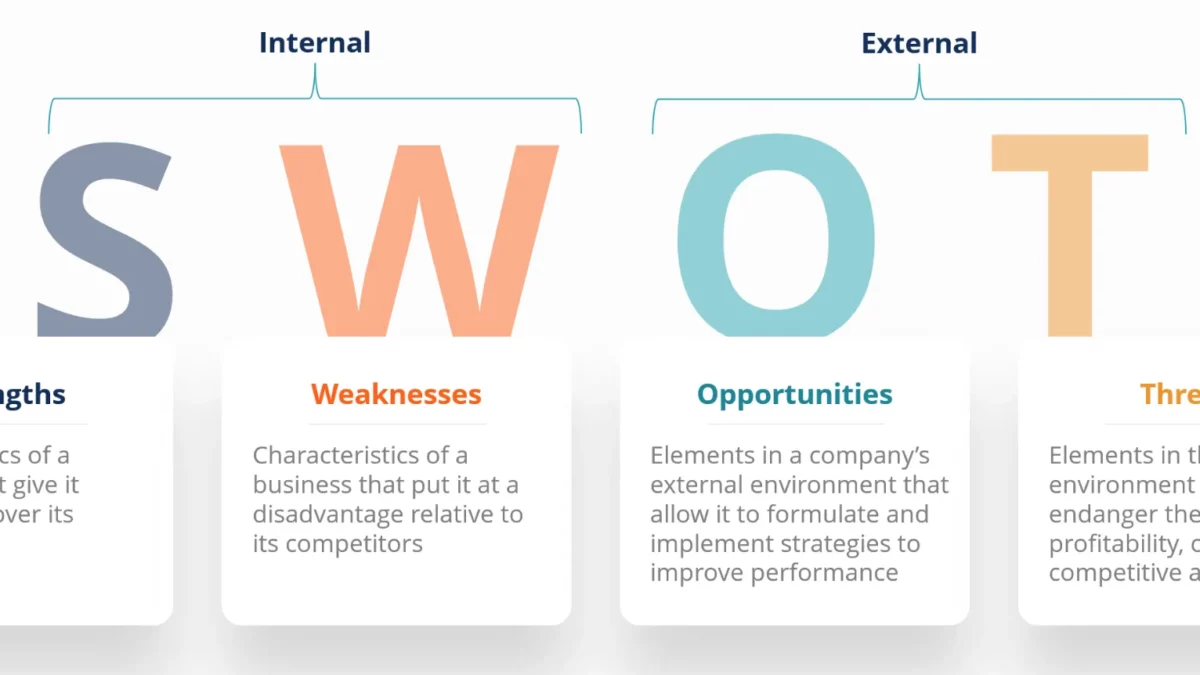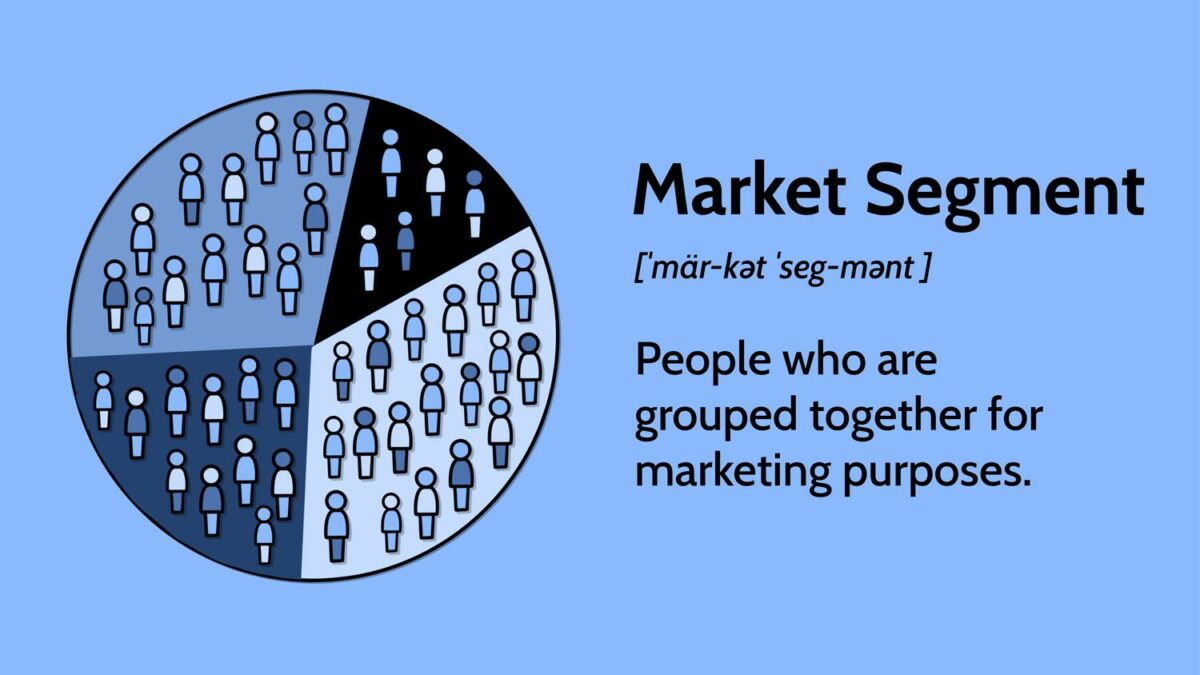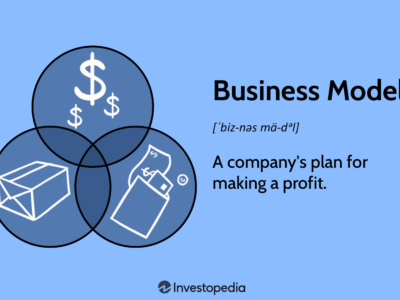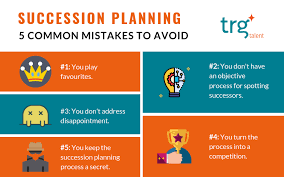
Introduction
In marketing, a target audience is a group of people who are most likely to be interested in a product or service. By understanding the needs and wants of their target audience, businesses can create marketing messages that resonate with them and ultimately, boost their sales and revenue.
There are a number of factors that businesses need to consider when defining their target audience. These include:
- Demographics: This includes factors such as age, gender, income, education, and location.
- Psychographics: This includes factors such as interests, values, and lifestyle.
- Behavioral: This includes factors such as purchase history, online behavior, and social media activity.
By understanding these factors, businesses can create a more detailed profile of their target audience. This information can then be used to create marketing messages that are more likely to be seen and heard by their target audience.
The importance of target audience
There are a number of reasons why it is important for businesses to have a clear target audience. These include:
- Increased efficiency: By targeting their marketing efforts to the right people, businesses can save time and money. This is because they will not be wasting resources on marketing to people who are not interested in their products or services.
- Improved effectiveness: When businesses target their marketing efforts to the right people, they are more likely to see results. This is because their marketing messages will be more likely to be seen and heard by their target audience.
- Increased ROI: By targeting their marketing efforts to the right people, businesses can increase their return on investment (ROI). This is because they will be more likely to convert potential customers into paying customers.
How to define your target audience
There are a number of ways to define your target audience. One way is to use a customer journey map. This is a visual representation of the steps that a customer takes from the moment they become aware of your product or service to the moment they make a purchase. By understanding the customer journey, you can identify the different touchpoints where you can reach your target audience with your marketing messages.
Another way to define your target audience is to use personas. Personas are fictional representations of your ideal customers. They are created by combining data from customer surveys, interviews, and analytics. Personas can help you to understand the needs and wants of your target audience and to create marketing messages that are more likely to resonate with them.
Conclusion
Defining your target audience is an essential part of any marketing strategy. By understanding the needs and wants of your target audience, you can create marketing messages that are more likely to be seen and heard by them. This can lead to increased efficiency, improved effectiveness, and increased ROI.
Additional tips for defining your target audience
- Be specific: The more specific you can be about your target audience, the better. This means defining their demographics, psychographics, and behavioral traits.
- Do your research: There are a number of resources available to help you research your target audience. These include customer surveys, interviews, and analytics.
- Get feedback: Once you have defined your target audience, get feedback from others to make sure that you are on the right track.
- Update your target audience regularly: As your business grows and changes, so too will your target audience. Make sure to update your target audience definition regularly to ensure that your marketing efforts are always on target.





